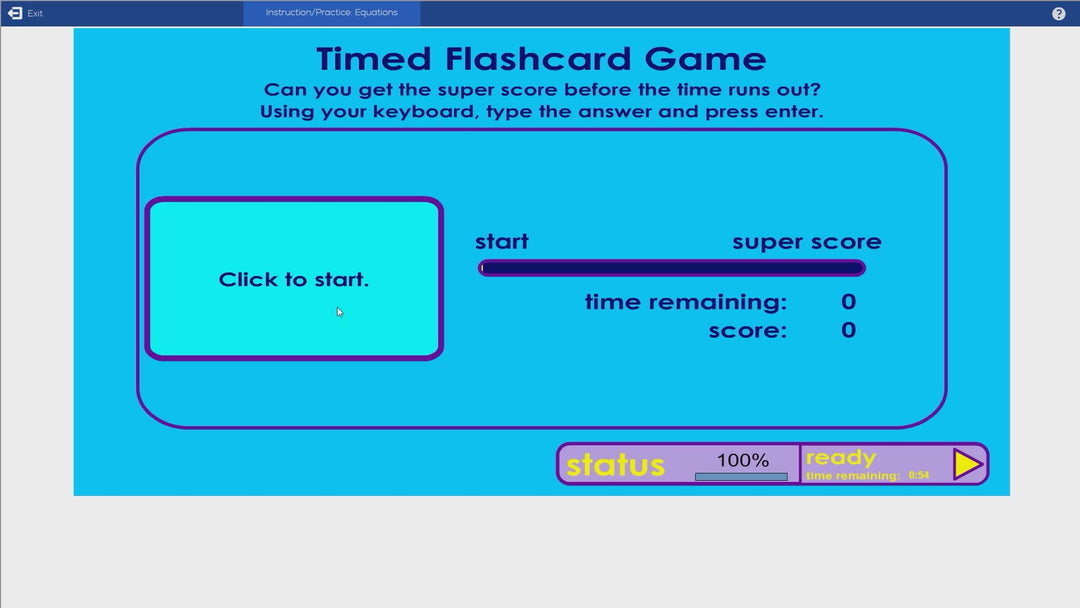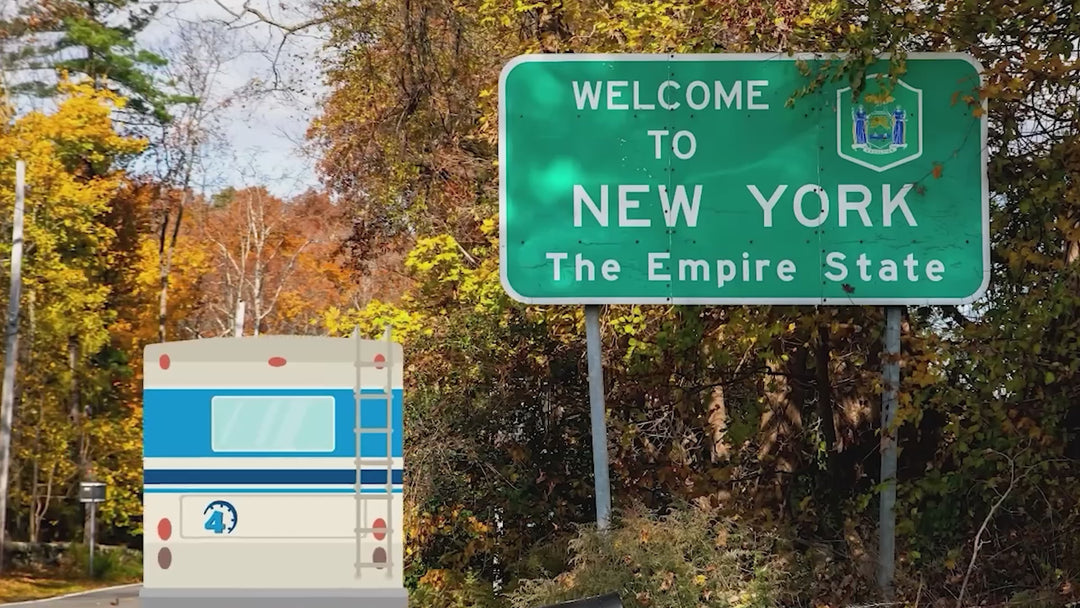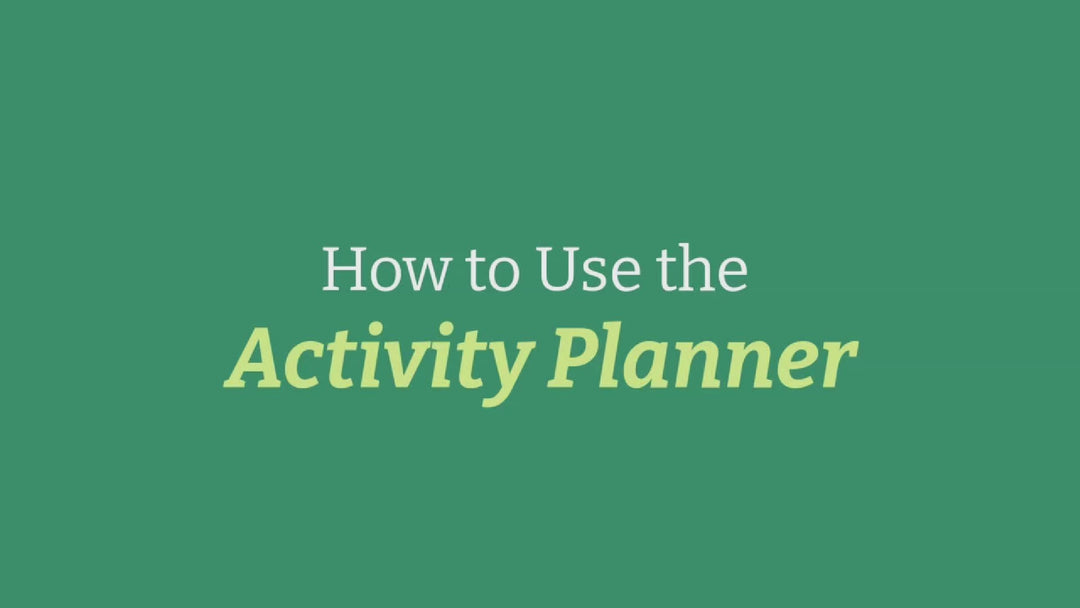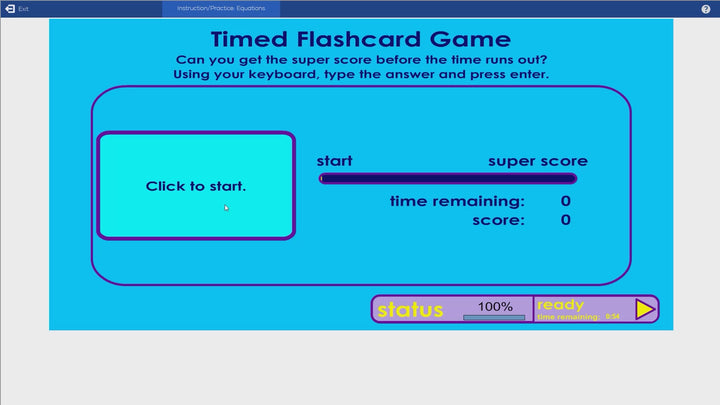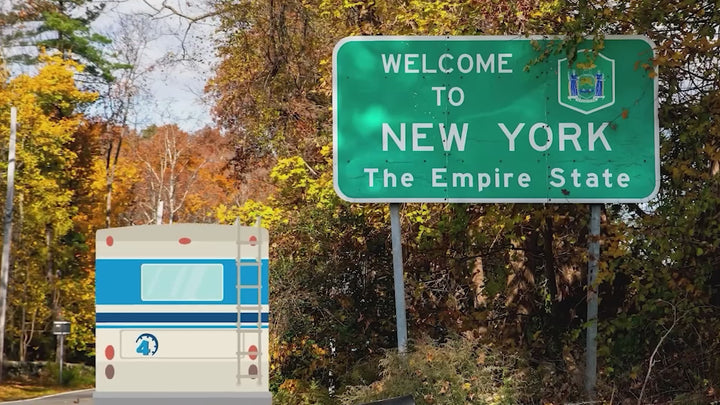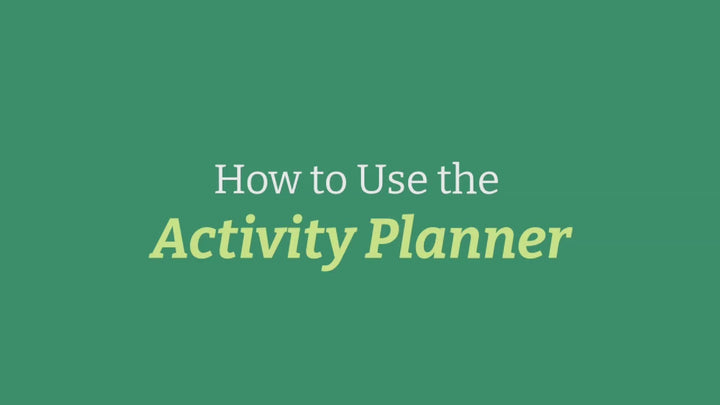Fourth Grade Curriculum
- 4 courses included
- 14-day satisfaction guarantee*
- Update grade level anytime
Subscribe more students, save more!
10% off
2 students
20% off
3-5 students
25% off
6+ students
Time4Learning is a complete, secular online homeschool curriculum. All courses are standards-based and designed to be self-paced, allowing students to move through material at a speed that works for them.
Each lesson includes
- Video instruction
- Interactive quizzes to reinforce learning
- Printable worksheets for offline reinforcement
- Hands-on activities and experiments to do at home
Your fourth grader is beginning to use logic and critical thinking skills. Our fourth grade curriculum enables students to refine these skills in language arts through literary text analysis and in math through fractions, decimals, and data analysis. Learners are encouraged to “think like a scientist” through their study of engineering, technology, plants, and animals. In social studies, learners go on an unforgettable roadschool adventure with new friends to learn about the regions of the United States.
Fourth graders' problem-solving skills are improving, allowing them to tackle more complex tasks. View a demo here.
At Time4Learning, fourth graders study:
- Number theory identifying factors, multiples, prime and composite
- Adding, subtracting, multiplying and reasoning about the size of fractions
- Different ways to represent data and compare data
Fourth Grade Math Scope & Sequence
Chapter 1: Place Value and Whole Numbers
- Read and Write Whole Numbers
- Compare and Order Whole Numbers
- Round Whole Numbers
Chapter 2: Addition and Subtraction
- Estimate Sums and Differences
- Add Whole Numbers
- Subtract Whole Numbers
Chapter 3: Algebra and Patterns
- Number Patterns
- Use Variables
- Write Number Sentences
Chapter 4: Multiplication Concepts
- Multiplication Patterns
- Multiplying by 1-Digit Numbers
- Multiplying by 2-Digit Numbers
Chapter 5: Division Concepts
- Relate Multiplication and Division
- Divide with Remainders
- Estimate Quotients
Chapter 6: Division with 1-Digit Divisors
- Divide 2- and 3-Digit Numbers
- Interpret Remainders
Chapter 7: Factors, Multiples, and Patterns
- Prime and Composite Numbers
- Common Factors and Multiples
Chapter 8: Fractions
- Equivalent Fractions
- Simplest Form
- Compare and Order Fractions
Chapter 9: Adding and Subtracting Fractions
- Add Like Denominators
- Subtract Like Denominators
- Rename Mixed Numbers
Chapter 10: Multiplying Fractions
- Multiply Fractions and Whole Numbers
Chapter 11: Understanding Decimals
- Model and Compare Decimals
- Decimals to the Hundredths
Chapter 12: Operations with Decimals
- Add and Subtract Decimals
- Estimate with Decimals
Chapter 13: Geometry
- Lines, Angles, and Shapes
- Classify Polygons
- Symmetry
Chapter 14: Measurement
- Customary and Metric Units
- Elapsed Time
Chapter 15: Perimeter and Area
- Measure Perimeter
- Find Area of Rectangles
Chapter 16: Volume and Capacity
- Estimate and Measure Volume
Chapter 17: Data and Probability
- Graphs and Line Plots
- Analyze Data and Probability
Fourth graders are seeking more independence and are showing the ability to take notes, recall facts, and incorporate research from various sources into their projects. View a demo here.
At Time4Learning, fourth graders explore:
- Parts of speech and grammar skills that enable learners to become great writers
- Building comprehension skills throughout both literature and informational texts
- Developing strong writing skills through opinion, narrative, and research writing
Fourth Grade Language Arts Scope & Sequence
Chapter 1: Vocabulary Skills
- Synonyms and Antonyms
- Multiple-Meaning Words
- Context Clues
Chapter 2: Spelling and Phonics
- Spelling Patterns
- Common Phonics Rules
Chapter 3: Grammar Basics
- Nouns and Pronouns
- Verbs and Tenses
- Adjectives and Adverbs
Chapter 4: Sentence Structure
- Simple and Compound Sentences
- Subject-Verb Agreement
Chapter 5: Capitalization and Punctuation
- Proper Nouns
- End Marks
- Commas and Apostrophes
Chapter 6: Writing Process
- Prewriting and Drafting
- Revising and Editing
Chapter 7: Narrative Writing
- Writing a Personal Narrative
- Creating Characters and Setting
Chapter 8: Expository Writing
- Organizing Ideas
- Using Supporting Details
Chapter 9: Opinion Writing
- Stating an Opinion
- Supporting with Reasons
Chapter 10: Poetry
- Rhythm and Rhyme
- Figurative Language in Poems
Chapter 11: Drama and Plays
- Understanding Dialogue
- Reading Scripts
Chapter 12: Reading Comprehension
- Main Idea and Details
- Cause and Effect
- Compare and Contrast
Chapter 13: Informational Text
- Text Features
- Author's Purpose
Chapter 14: Mystery – ILA
- Cam Jansen and the Mystery of the Dinosaur Bones
- Critical Thinking Activities
Chapter 15: Poetry – ILA
- Exploring Poetic Form
- Analyzing Mood and Theme
Chapter 16: Natural Disasters – ILA
- Read: Earthquake Terror
- Comprehension and Extension Activities
Chapter 17: Heroes – ILA
- Read: Helen Keller and the Big Storm
- Character Traits and Biography
Chapter 18: Inventions – ILA
- Read: The Toothpaste Millionaire
- Innovation and Entrepreneurial Writing
Chapter 19: Famous Americans – ILA
- Read: Martin Luther King Jr.
- Biography and Timelines
Chapter 20: Pioneers – ILA
- Westward Expansion Stories
- Challenges and Historical Perspectives
Our social studies curriculum for fourth grade follows a roadschooling adventure that enables learners to explore the United States and its regions through inquiry-based learning. Watch a demo here. Video, text, map, and source-based lessons with interactive practice allow students to directly participate in their learning.
At Time4Learning fourth graders will discover:
- Map skills as they explore the different regions of the United States and the world
- The five regions of the U.S. - the Northeast, the Southeast, the Midwest, the Southwest, and the West
- Skills in analysis, explanation, and argumentation while building critical thinking skills
- Instructional content that is sequenced through supporting questions, and captures the key content ideas needed to answer them
Fourth Grade Social Studies Scope & Sequence
Chapter 1: Grade Introduction
- Welcome and Timeline Review
Chapter 2: Geography of North America
- Landforms and Waterways
- Natural Resources
Chapter 3: First Cultures of the Americas
- Native Peoples
- Early Settlements
Chapter 4: The Northeast
- States and Capitals
- Immigration and Ellis Island
Chapter 5: The Southeast
- Culture and Traditions
- Economy and Resources
Chapter 6: The Midwest
- Agriculture and Transportation
- States and Landmarks
Chapter 7: The West
- Geography and Climate
- Tourism and National Parks
Chapter 8: What's in a Name, New York?
- Geography and Industry
- Arts and Education
Chapter 9: Texas Statehood
- From Territory to State
- Key Historical Events
Chapter 10: Who’s in Charge, Texas?
- Spanish and Mexican Rule
- Republic of Texas
Chapter 11: Florida’s History
- Early Inhabitants
- Exploration and Statehood
Chapter 12: Florida Geography
- Land and Water Features
- Regions and Cities
Chapter 13: Florida Government
- Branches of Government
- Responsibilities of Citizens
Chapter 14: Government Structure
- Local, State, and Federal Roles
- Constitutional Principles
Chapter 15: Hey Florida, Are You Prepared?
- Emergency Planning
- Hurricanes and Natural Disasters
Our science curriculum encourages students to "think like a scientist" highlighting the ways science has changed our world. View a demo here.
At Time4Learning fourth graders discover:
- How scientists ask questions, investigate, and communicate
- The engineering design process, and how some failed designs were turned into successful technology
- The movement of light, sound, and heat energy
- The patterns that can be seen in Earth's features
Fourth Grade Science Scope & Sequence
Chapter 1: Nature of Science
- Scientific Method
- Tools and Inquiry
- Scientific Thinking
Chapter 2: Matter
- States of Matter
- Properties and Changes
Chapter 3: Energy
- Forms of Energy
- Energy Transfer
Chapter 4: Motion and Forces
- Types of Motion
- Forces and Interactions
Chapter 5: Earth and Its Resources
- Natural Resources
- Soil, Water, and Rocks
Chapter 6: Weather and Climate
- Weather Tools and Patterns
- Climate Zones
Chapter 7: Solar System
- Planets and Moons
- Earth's Movement
Chapter 8: Ecosystems
- Food Chains and Webs
- Adaptations and Habitats
This outline shows an example of both what your child will learn (the scope) and the order in which the lessons build on each other (the sequence). More detailed lesson plans are available in the parent account. All lessons are entirely customizable.
Fourth Grade Math
Chapter 1: Place Value and Whole Numbers
- Read and Write Whole Numbers
- Compare and Order Whole Numbers
- Round Whole Numbers
Chapter 2: Addition and Subtraction
- Estimate Sums and Differences
- Add Whole Numbers
- Subtract Whole Numbers
Chapter 3: Algebra and Patterns
- Number Patterns
- Use Variables
- Write Number Sentences
Chapter 4: Multiplication Concepts
- Multiplication Patterns
- Multiplying by 1-Digit Numbers
- Multiplying by 2-Digit Numbers
Chapter 5: Division Concepts
- Relate Multiplication and Division
- Divide with Remainders
- Estimate Quotients
Chapter 6: Division with 1-Digit Divisors
- Divide 2- and 3-Digit Numbers
- Interpret Remainders
Chapter 7: Factors, Multiples, and Patterns
- Prime and Composite Numbers
- Common Factors and Multiples
Chapter 8: Fractions
- Equivalent Fractions
- Simplest Form
- Compare and Order Fractions
Chapter 9: Adding and Subtracting Fractions
- Add Like Denominators
- Subtract Like Denominators
- Rename Mixed Numbers
Chapter 10: Multiplying Fractions
- Multiply Fractions and Whole Numbers
Chapter 11: Understanding Decimals
- Model and Compare Decimals
- Decimals to the Hundredths
Chapter 12: Operations with Decimals
- Add and Subtract Decimals
- Estimate with Decimals
Chapter 13: Geometry
- Lines, Angles, and Shapes
- Classify Polygons
- Symmetry
Chapter 14: Measurement
- Customary and Metric Units
- Elapsed Time
Chapter 15: Perimeter and Area
- Measure Perimeter
- Find Area of Rectangles
Chapter 16: Volume and Capacity
- Estimate and Measure Volume
Chapter 17: Data and Probability
- Graphs and Line Plots
- Analyze Data and Probability
Fourth Grade Language Arts
Chapter 1: Vocabulary Skills
- Synonyms and Antonyms
- Multiple-Meaning Words
- Context Clues
Chapter 2: Spelling and Phonics
- Spelling Patterns
- Common Phonics Rules
Chapter 3: Grammar Basics
- Nouns and Pronouns
- Verbs and Tenses
- Adjectives and Adverbs
Chapter 4: Sentence Structure
- Simple and Compound Sentences
- Subject-Verb Agreement
Chapter 5: Capitalization and Punctuation
- Proper Nouns
- End Marks
- Commas and Apostrophes
Chapter 6: Writing Process
- Prewriting and Drafting
- Revising and Editing
Chapter 7: Narrative Writing
- Writing a Personal Narrative
- Creating Characters and Setting
Chapter 8: Expository Writing
- Organizing Ideas
- Using Supporting Details
Chapter 9: Opinion Writing
- Stating an Opinion
- Supporting with Reasons
Chapter 10: Poetry
- Rhythm and Rhyme
- Figurative Language in Poems
Chapter 11: Drama and Plays
- Understanding Dialogue
- Reading Scripts
Chapter 12: Reading Comprehension
- Main Idea and Details
- Cause and Effect
- Compare and Contrast
Chapter 13: Informational Text
- Text Features
- Author's Purpose
Chapter 14: Mystery – ILA
- Cam Jansen and the Mystery of the Dinosaur Bones
- Critical Thinking Activities
Chapter 15: Poetry – ILA
- Exploring Poetic Form
- Analyzing Mood and Theme
Chapter 16: Natural Disasters – ILA
- Read: Earthquake Terror
- Comprehension and Extension Activities
Chapter 17: Heroes – ILA
- Read: Helen Keller and the Big Storm
- Character Traits and Biography
Chapter 18: Inventions – ILA
- Read: The Toothpaste Millionaire
- Innovation and Entrepreneurial Writing
Chapter 19: Famous Americans – ILA
- Read: Martin Luther King Jr.
- Biography and Timelines
Chapter 20: Pioneers – ILA
- Westward Expansion Stories
- Challenges and Historical Perspectives
Fourth Grade Science
Chapter 1: Nature of Science
- Scientific Method
- Tools and Inquiry
- Scientific Thinking
Chapter 2: Matter
- States of Matter
- Properties and Changes
Chapter 3: Energy
- Forms of Energy
- Energy Transfer
Chapter 4: Motion and Forces
- Types of Motion
- Forces and Interactions
Chapter 5: Earth and Its Resources
- Natural Resources
- Soil, Water, and Rocks
Chapter 6: Weather and Climate
- Weather Tools and Patterns
- Climate Zones
Chapter 7: Solar System
- Planets and Moons
- Earth's Movement
Chapter 8: Ecosystems
- Food Chains and Webs
- Adaptations and Habitats
Fourth Grade Social Studies
Chapter 1: Grade Introduction
- Welcome and Timeline Review
Chapter 2: Geography of North America
- Landforms and Waterways
- Natural Resources
Chapter 3: First Cultures of the Americas
- Native Peoples
- Early Settlements
Chapter 4: The Northeast
- States and Capitals
- Immigration and Ellis Island
Chapter 5: The Southeast
- Culture and Traditions
- Economy and Resources
Chapter 6: The Midwest
- Agriculture and Transportation
- States and Landmarks
Chapter 7: The West
- Geography and Climate
- Tourism and National Parks
Chapter 8: What's in a Name, New York?
- Geography and Industry
- Arts and Education
Chapter 9: Texas Statehood
- From Territory to State
- Key Historical Events
Chapter 10: Who’s in Charge, Texas?
- Spanish and Mexican Rule
- Republic of Texas
Chapter 11: Florida’s History
- Early Inhabitants
- Exploration and Statehood
Chapter 12: Florida Geography
- Land and Water Features
- Regions and Cities
Chapter 13: Florida Government
- Branches of Government
- Responsibilities of Citizens
Chapter 14: Government Structure
- Local, State, and Federal Roles
- Constitutional Principles
Chapter 15: Hey Florida, Are You Prepared?
- Emergency Planning
- Hurricanes and Natural Disasters
